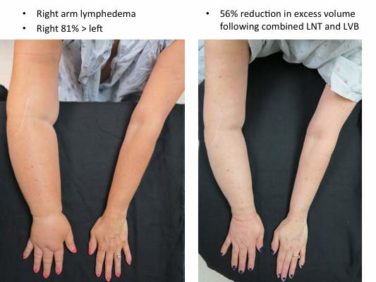Pediatric atopic dermatitis was linked with key features of metabolic syndrome, including central obesity and high blood pressure, in a multicenter prospective case-control study.
Given the findings, clinicians should routinely measure body mass index and waist circumference in children with atopic dermatitis (AD), said Dr. Jonathan I. Silverberg of Northwestern University, Chicago, and his associates. “In addition, blood pressure should be assessed in children with moderate to severe AD, even those who are a healthy weight with moderate disease and who are not receiving systemic therapy.”
Past studies have linked AD with risk factors for metabolic syndrome, such as chronic inflammation and sleep and mental health problems. To further explore the link between AD and metabolic disease, Dr. Silverberg and his associates studied 132 children with active, moderate to severe AD and 143 healthy controls matched by sex and race/ethnicity ( JAMA Dermatol. 2015;151;144-152 ).
Compared with controls, children with AD were significantly more likely to have BMI in at least the 97th percentile for age and sex (odds ratio, 2.64, P = .02), waist circumference in at least the 85th percentile (OR, 3.92, P = .005), and waist-to-height ratio of a least 0.5 (OR, 2.22; P = .02). Atopic dermatitis was linked with systolic blood pressure in at least the 90th percentile (OR, 2.06, P = .03), even after the researchers accounted for age, sex, race, use of cyclosporine or prednisone, BMI, and waist circumference. Those results conflict with a study in Japanese adults linking AD with low blood pressure, and indicate that more studies are need to confirm and characterize the association between blood pressure and AD, they said.
Dr. Silverberg and his associates did not record blood lipid levels, so they could not determine whether children met criteria for metabolic syndrome. They also measured blood pressure with a single reading, and the controls were significantly older than were the children with AD (P = .03).
The International Psoriasis Council supported the study. The authors reported having no relevant conflicts of interest.




